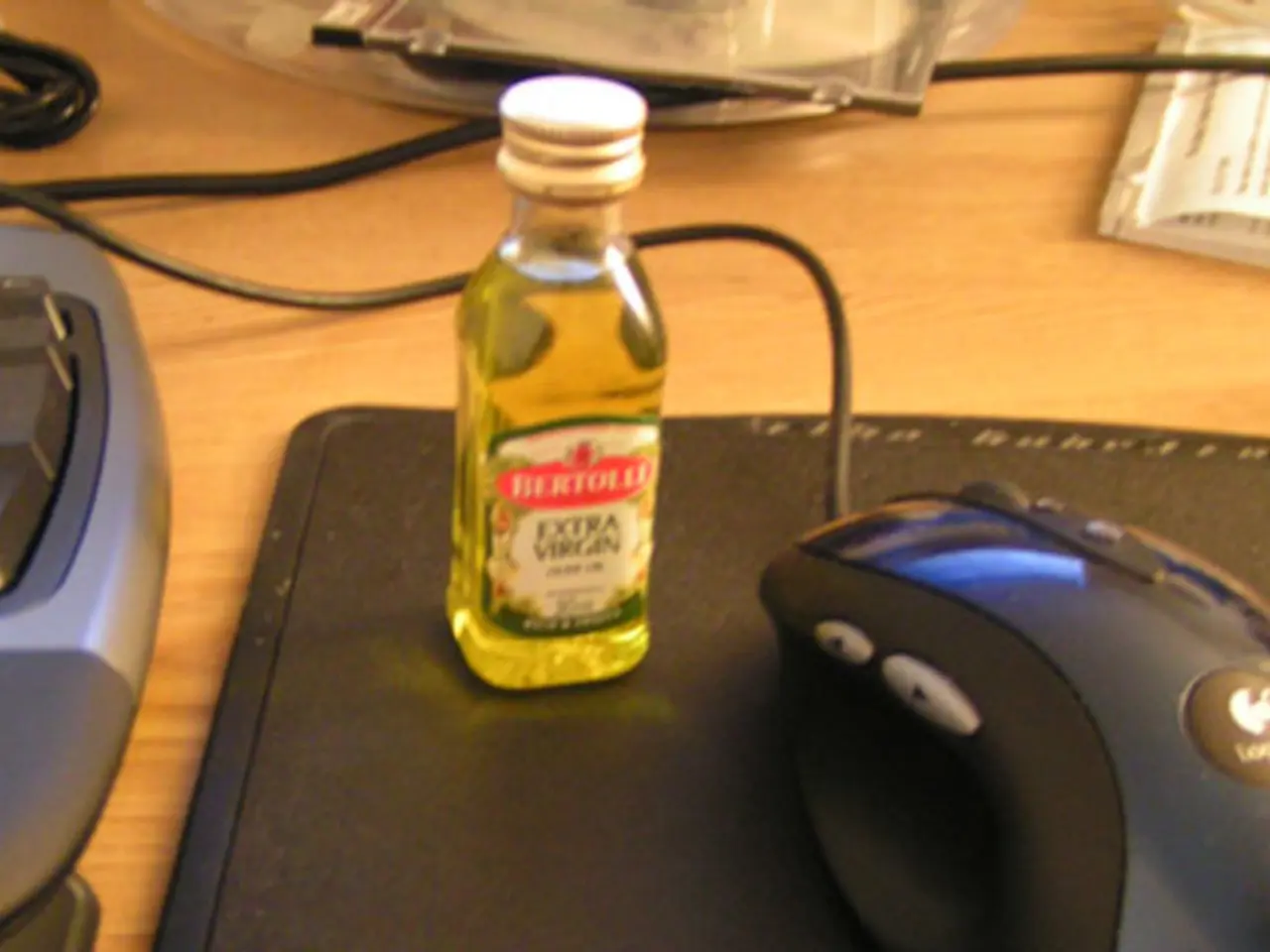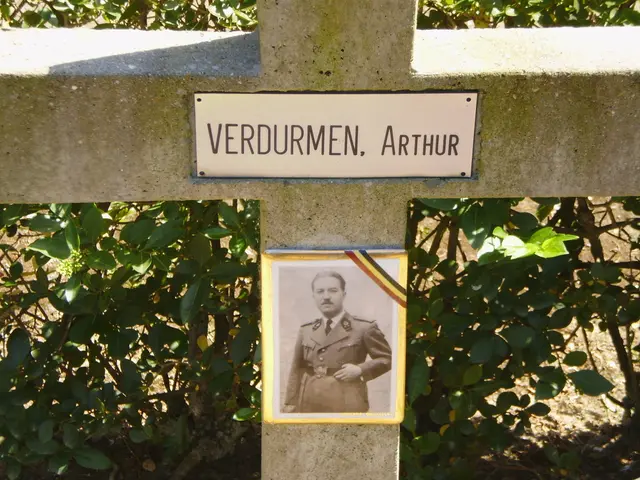Task Stagnation in Attention Deficit/Hyperactivity Disorder (ADHD): Unraveling immobility in task-oriented situations
In a world where tasks pile up and choices seem endless, people living with Attention Deficit Hyperactivity Disorder (ADHD) may experience a unique form of paralysis: ADHD paralysis. This state, which can manifest as ADHD mental paralysis, ADHD task paralysis, or ADHD choice paralysis, is a common experience for those with ADHD. It is a symptom of executive dysfunction, a condition that impairs organizing and prioritizing actions.
ADHD task paralysis is a freeze in motivation, resulting in procrastination and task avoidance due to a looming to-do list. Crossing off completed tasks brings a sense of accomplishment and can help manage this paralysis. A simple act of checking off a task can provide the motivation needed to tackle the next one.
One effective strategy to combat ADHD paralysis is whiteboard planning and physically writing down tasks in order. Seeing tasks laid out visually can help manage the overwhelm and make the tasks seem more manageable. Using a timer to help stay on track while completing tasks can also be beneficial, providing a sense of urgency and structure.
Breaking down tasks into smaller projects can help manage ADHD paralysis. Instead of focusing on the entire task, individuals can focus on smaller, more manageable parts. Scheduling rewards after completing a task can also provide motivation to tackle the tasks at hand.
Making tasks fun or turning them into games can help manage ADHD paralysis. This approach can make tasks more enjoyable and less daunting, making it easier to start and complete them. Designating a specific time each day to complete tasks can also help manage ADHD paralysis, providing a routine and structure to the day.
Behaviors and outward signs of ADHD may include overlooking details, fidgeting, excessive talking, interrupting, impatience, need to be constantly moving, indecisiveness, and forgetfulness. These symptoms, along with ADHD paralysis, can be addressed through a combination of psychoeducation, behavioral strategies, breaking tasks into smaller steps, and possibly medication to address ADHD symptoms.
It's important to note that choice paralysis, or indecision, can be experienced by anyone but was found to be more common for people living with ADHD in a 2008 pilot study. This sense of overwhelm related to too many choices or the need to make a decision is known as ADHD choice paralysis, or analysis paralysis. The exact prevalence of choice paralysis in the ADHD population remains unknown.
Starting a task is more important than finishing it all at once, and not waiting for more time leads to less procrastination. Focusing on completing tasks rather than perfecting details can also help manage ADHD paralysis. By breaking tasks down into smaller parts, setting aside specific times to complete tasks, and making tasks fun or games, individuals can effectively manage ADHD paralysis and take control of their to-do lists.
Read also:
- Understanding Hemorrhagic Gastroenteritis: Key Facts
- Stopping Osteoporosis Treatment: Timeline Considerations
- Tobacco industry's suggested changes on a legislative modification are disregarded by health journalists
- Expanded Community Health Involvement by CK Birla Hospitals, Jaipur, Maintained Through Consistent Outreach Programs Across Rajasthan






